Fokker 50 Austrian Model
Production Time 9 to 10 weeks
Shipment is by FedEx, UPS or DHL International Express Courier with a normal door-to-door delivery time worldwide of within 2-3 business days after dispatch. Due to the current volatility of world fuel prices, the amount mentioned here is our best estimate for DHL and UPS and may be subject to change at the time of shipping.

Product Statistics
Length: 14.8 Inches (37.6 Centimeters)Wingspan: 17 Inches (43.2 Centimeters)
Height: 4.9 Inches (12.5 Centimeters)
Scale: 1:67
$239.50
Manufacturer: Fokker
Production Time 9 to 10 weeks
-
United States dollar ($)
-
Pound sterling (£)
-
Euro (€)
-
Australian dollar ($)
-
Canadian dollar ($)
-
Singapore dollar ($)
-
Swiss franc (CHF)
-
Japanese yen (¥)
-
Danish krone (kr.)
-
Hong Kong dollar ($)
-
Norwegian krone (kr)
-
Swedish krona (kr)
General Product Description
Our MyMahoganyModel Fokker 50 Austrian Model exhibits unique, unrivaled quality and detailed design to come as close as possible to the accuracy of the actual plane. It comes as standard with a robust, durable base or stand which is available in a variety of different finishes designed to match your own personal requirements including solid wood, wood with polished metal supports or adjustable wood wall mount and will be ready within about 9-10 weeks from placement of order.
The Fokker 50 Austrian Model is made of the finest kiln dried renewable mahogany wood (commonly known as Lauan or Meranti) which has undergone many stages of carving and meticulous and careful sanding giving the beautiful finished museum quality masterpiece. Many collectors and model connoisseurs demonstrate their preference for genuine handmade and hand painted mahogany wood models rather than plastic or die cast (diecast) alternatives due to the overall look and totally different feel of the item - we trust you will find the same. We can, however, if required produce the same model in Solid Cast Resin so just click and contact us us for further information. Our craftsmen and gifted artisans ensure that our finely handcrafted model airplanes match the precise blueprint details of the original aircraft. The paint scheme, markings and parts are closely matched, reflecting the original aircraft. This stylish top-quality desktop replica model will surely enthrall anyone who receives this as a gift and for sure one of the most appropriate and desirably collectable gifts for any aviation enthusiast and avid aircraft collector whilst also displaying a perfect resemblance to the actual aircraft.
If you require we can also make the Fokker 50 Austrian Model in any other airline, private livery or colour scheme you require and if necessary in a different size or scale. Just click here to contact us with a description or photographs of what you require, and we will let you have a quotation for the necessary customization by return email. We can also make bespoke scale replicas of any other private / civil commercial airliner or airliners, helicopter, glider, gliders with engines, military jet, warplane jets, propeller warplanes, biplane, triplane, tail fin, spacecraft, rocket or NASA model you require in any airline, military or civilian livery or colors. We also produce model airships, blimp, dirigible, blimps, boat and ship collectibles. Wall plaque or seal for military, government or private customers. Again, by clicking here to contact us just let us know exactly what you need.
Exploring the Fokker 50: Austria’s Reliable Regional Aircraft
The Fokker 50, a standout in the world of regional aviation, holds a special place in Austria’s air travel history. Known for its reliability and versatility, this turboprop aircraft has been a crucial player for various airlines, including Austrian operators, serving short and medium-haul routes with efficiency and comfort.
The Fokker 50: A Brief Overview:
The Fokker 50 is a twin-engine turboprop regional airliner designed and manufactured by the Dutch company Fokker. It first took flight in 1985 and was a direct evolution of the Fokker F27 Friendship, which had already established a reputation in the regional aviation sector. Designed to meet the increasing demand for more fuel-efficient aircraft on shorter routes, the Fokker 50 quickly became popular among airlines around the world, including those in Austria.
Why Austria Chose the Fokker 50:
Austria’s aviation needs, like those of many countries, are heavily dependent on regional connectivity. The Fokker 50, with its ability to operate on shorter runways and its economical performance, was an ideal choice for Austrian regional carriers. Airlines such as Austrian Arrows, a subsidiary of Austrian Airlines, operated the Fokker 50 on various domestic and European routes. This aircraft was perfect for serving the small to medium-sized airports of Austria, connecting cities like Vienna to regional hubs.
Performance and Efficiency:
One of the key selling points of the Fokker 50 is its impressive performance in terms of fuel efficiency and reliability. Powered by two Pratt & Whitney Canada PW125B engines, the aircraft can cruise at speeds of up to 510 kilometers per hour (316 mph), with a maximum range of approximately 500 to 600 miles (800 to 1,000 kilometers). These attributes make it highly suited for shorter regional flights, allowing airlines to maximize both capacity and profitability on these routes.
Moreover, the Fokker 50’s ability to operate from smaller airports and shorter runways, especially in mountainous regions like those in Austria, was an added advantage. This capability was particularly crucial for connecting Austria’s diverse geography, including popular alpine destinations, with major cities.
Comfort and Design:
Designed with passengers in mind, the Fokker 50 offers a spacious cabin for a regional aircraft of its size. It typically seats between 40 to 60 passengers in a comfortable configuration. The interior is designed to offer a quiet and pleasant flying experience, with large windows providing scenic views of Austria’s stunning landscapes, whether over the Alps or the Danube River.
The aircraft’s design also includes wide aisles and overhead bins that allow for easy movement and comfort during the flight. Although it may not offer the luxury of larger jets, the Fokker 50 delivers a practical and pleasant experience for those traveling on regional routes.
A Legacy of Reliability:
Austria’s airlines and passengers have benefited from the Fokker 50’s reputation for reliability. Despite its relatively small size and limited production (around 200 units were built), the Fokker 50 has earned its stripes as a dependable aircraft in challenging operating conditions. This has led to its continued use on some regional routes long after its commercial production ceased in 1997.
The Fokker 50 may no longer be as prevalent in the skies as it once was, but its legacy remains strong. It represents an era when smaller regional aircraft were the backbone of European air travel, and its contributions to Austrian aviation history are notable.
Conclusion:
In the world of regional aviation, the Fokker 50 stands as a symbol of efficiency, reliability, and performance. Austria’s use of the aircraft helped solidify its place in the country’s aviation landscape, and it remains fondly remembered by those who flew on it. As we look to the future of regional air travel, the Fokker 50 serves as a reminder of the important role these smaller aircraft play in connecting communities and regions worldwide.
| Weight | 6 kg |
|---|---|
| Dimensions | 14.8 × 17 × 4.9 in |
Be the first to review “Fokker 50 Austrian Model” Cancel reply
Related products
Private & Civilian
Private & Civilian
Private & Civilian
Private & Civilian
Private & Civilian
Private & Civilian
Private & Civilian
Private & Civilian

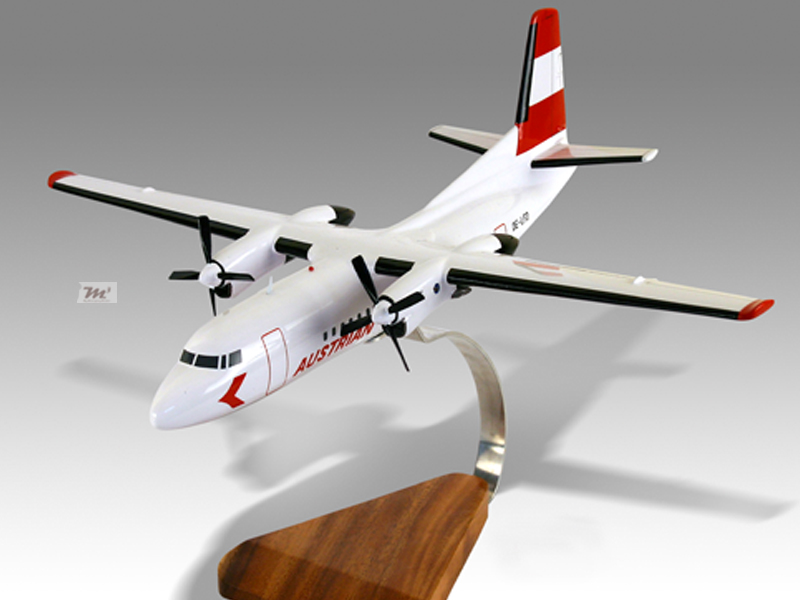
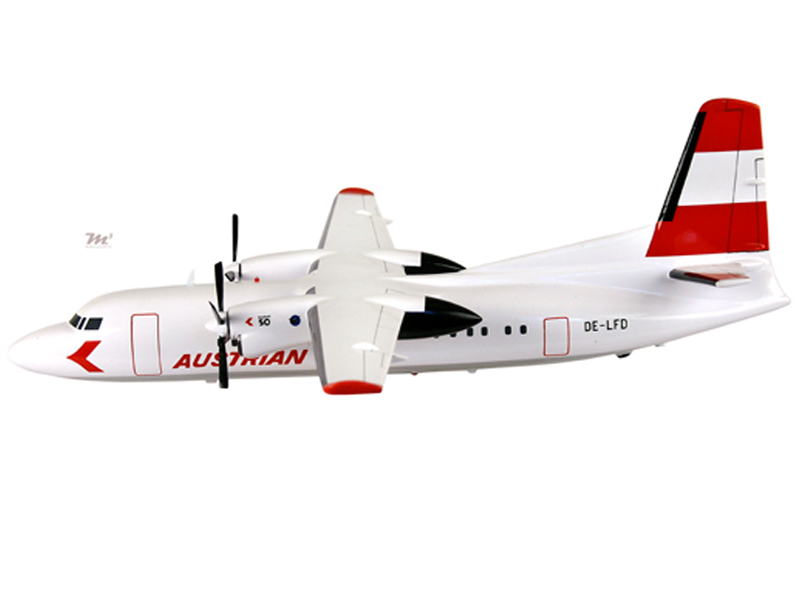
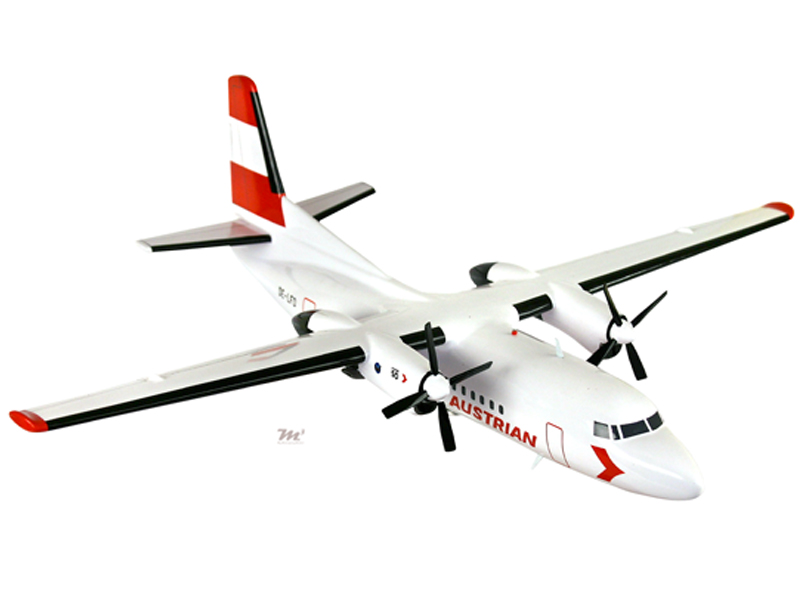
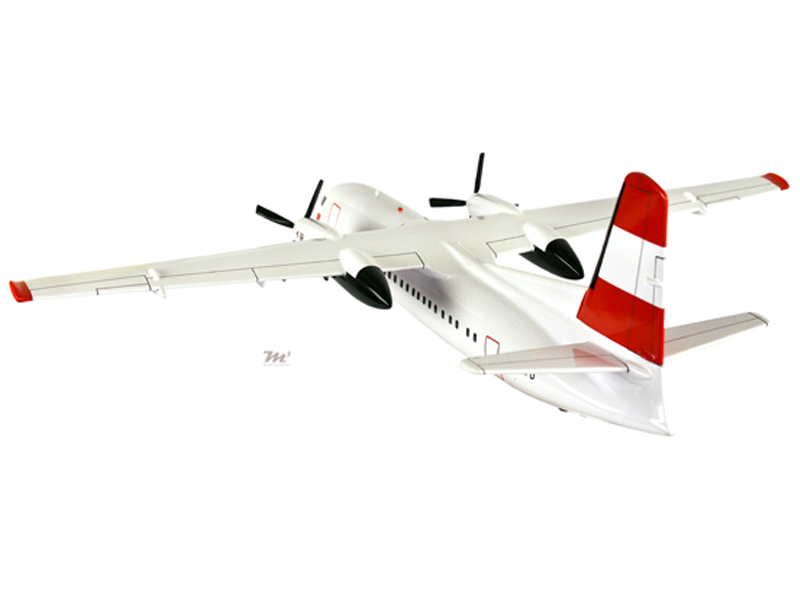
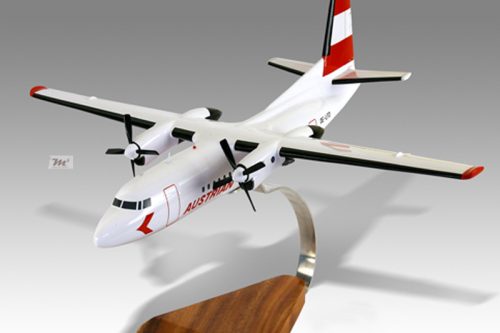

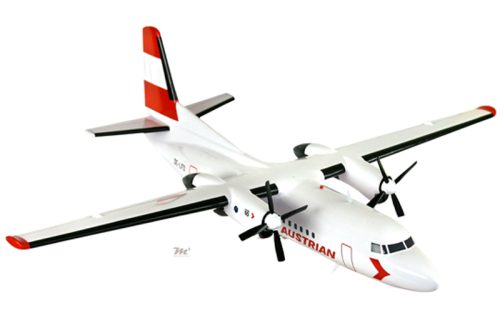
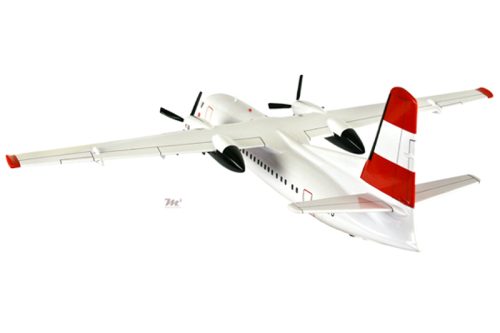
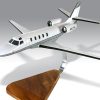
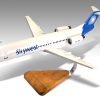
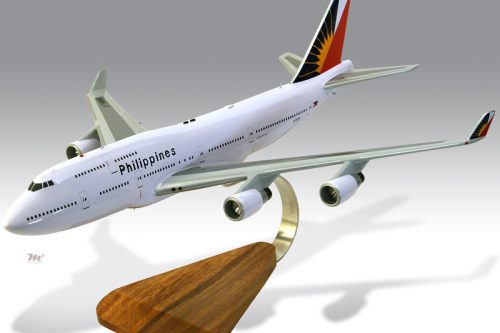
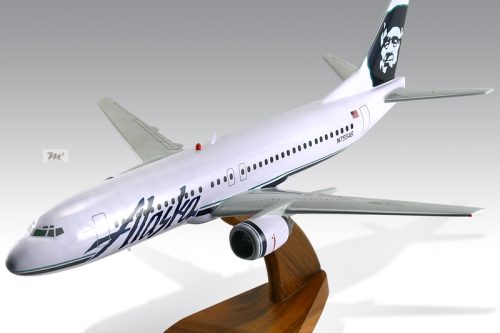
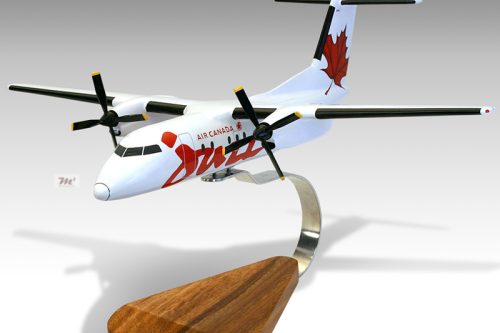

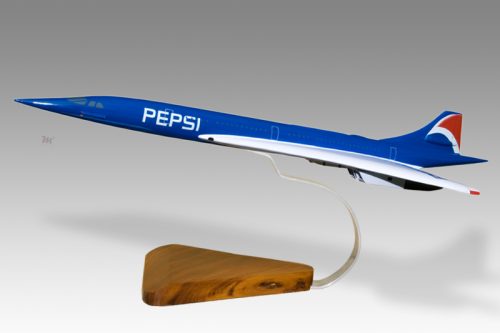
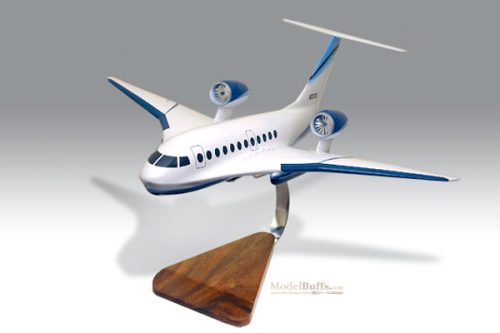

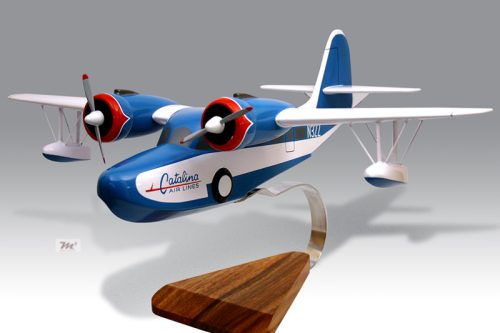
Reviews
There are no reviews yet.